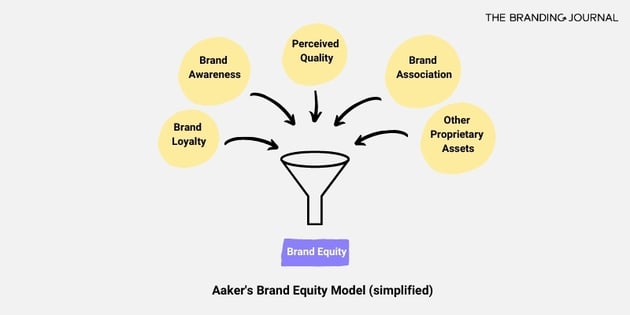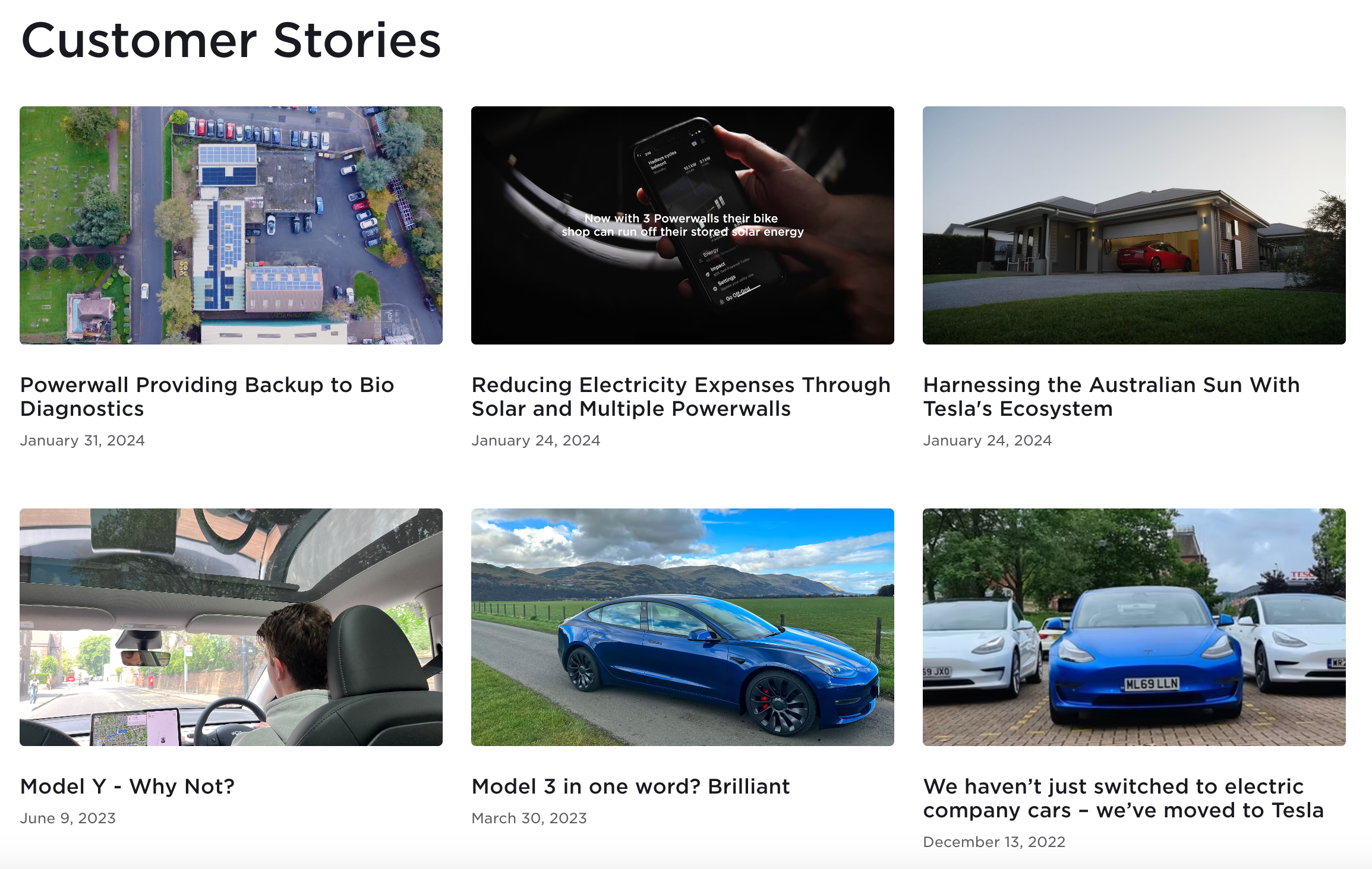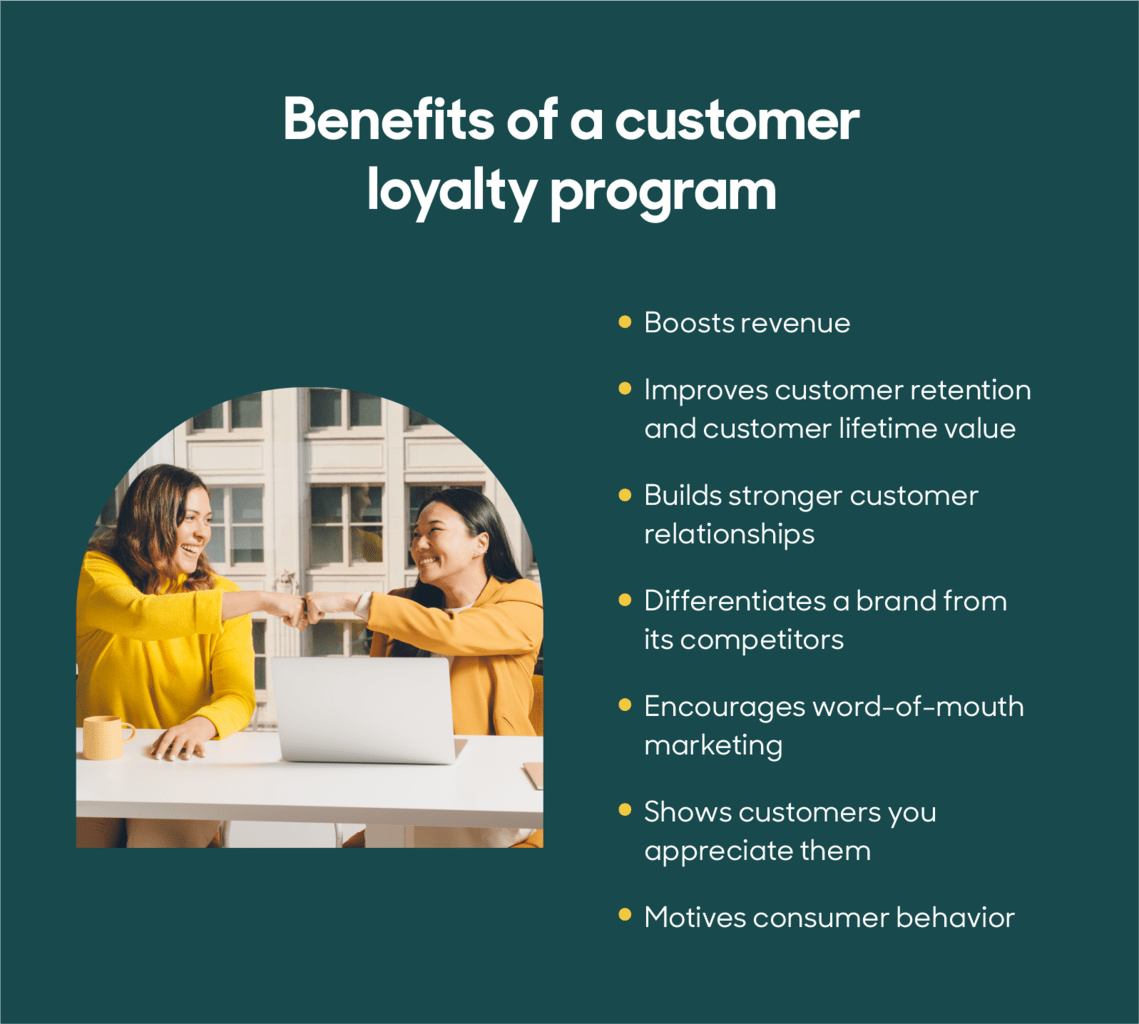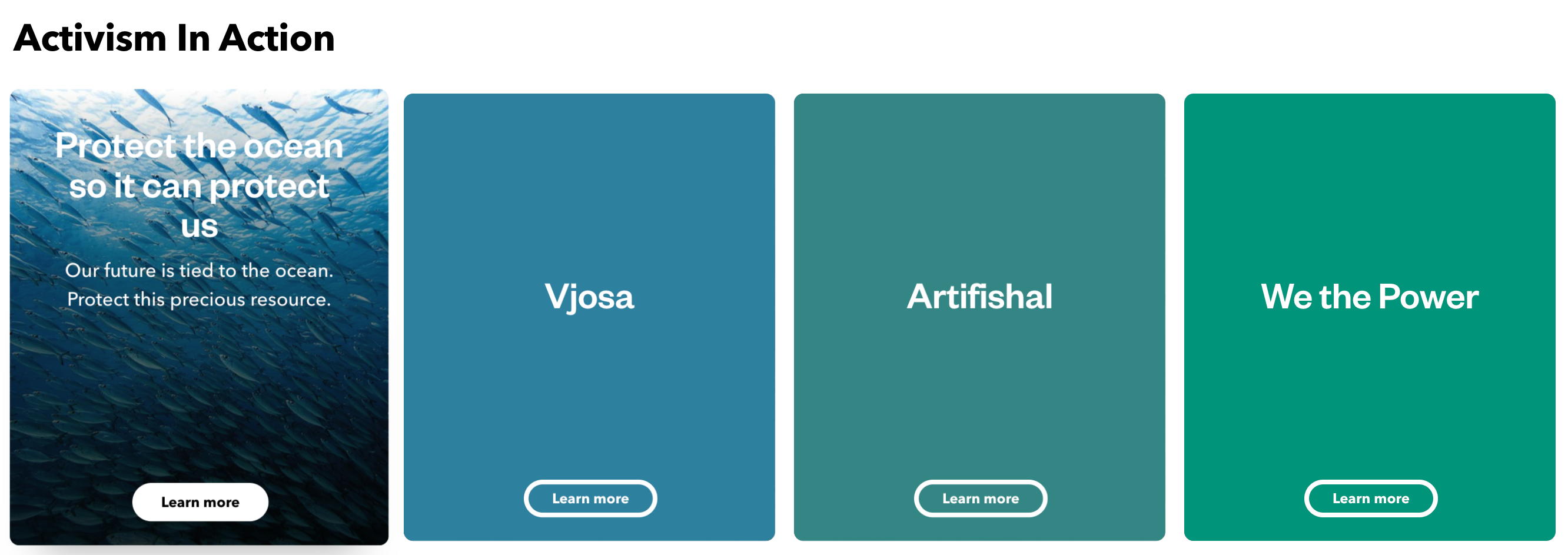Brand equity and customer loyalty, what we are going to explore today, are twin pillars upon which great brands are built and maintained. Like a silent extraordinary alliance between Batman and Superman keeping Gotham City safe, brand equity and customer loyalty work together in safeguarding your business, promoting growth and resilience. They prop each other up, creating a foundation stronger than steel.
In today’s fiercely competitive landscape where consumers enjoy abundant choices, brand equity and customer loyalty are inextricably linked, with one fortifying the other. To give you a perspective, a 5% increase in customer loyalty can increase the average profit per customer by 25-100%! Powerful, isn’t it? Now come with us, as we decode the nuances of these powerful tools to give your business the edge in 2024 and beyond. Let’s unravel the strategies, proven techniques, and golden rules that govern our twin life-savers.
It’s time to discover how a mere logo becomes a valued brand, turning customers into die-hard fans who wouldn’t dream of switching allegiance. Welcome to your comprehensive guide to Brand Equity and Customer Loyalty for 2024 – where business thrives, and customers feel at home.
Understanding the Importance of Brand Equity in 2024
Brand equity’s definition, significance, and effect on business performance The powerful influence of well-managed brand equity, illustrated by real-world examples.
Defining Brand Equity: What it Means and Why it Matters
In simple terms, brand equity is a company’s value as evaluated by consumer assessment and perception. It’s the added value that a product or service gets due to its brand name. It’s the perceived quality, the mental association with the brand, and the consumer’s response to the brand name. It’s the premium placed on a product by consumers due to their trust in the brand.
Brand equity becomes significant as it empowers a brand to command higher prices confidently. It also provides a competitive advantage and makes a company less vulnerable during tough times. It simplifies the decision-making process for consumers and influences their purchasing behavior positively.
Just like stock prices, brand equity is dynamic and fluctuates based on the company’s actions and market sentiment.

The Role of Brand Equity in Business Success
Brand equity is a fundamental business asset. A strong brand equity is beneficial on various fronts:
- It supports marketing efforts
- It differentiates the brand from competitors
- It can lead to financial success
Remember, consistency is the key to building brand equity. Companies must consistently deliver what they promise. Failure to do so can rapidly devalue the brand. In contrast, frequent achievement enhances brand equity.
The other added advantage is that companies with strong brand equity can leverage it to launch new products or enter new market segments more successfully. It’s because trust has been established, and consumers are more likely to take a chance on their new ventures.
Real-World Examples of Successful Brand Equity Management
Let’s examine two real-world examples.
Apple is an epitome of robust brand equity. Their consistent innovation, high-quality products, and commitment to customer satisfaction allow them to command premium prices. Their perceived value resonates so strongly with consumers that they line up outside stores to obtain the latest products.
On the other spectrum, we have Tesla with a disruptive approach. They have been successful in creating a unique positioning with their commitment to sustainability and groundbreaking electronic vehicles. Their ability to deliver on those promises helped them amass significant brand equity.
Over time, companies that focus and invest in brand equity are seen to gain an upper hand in the market. At the end of the day, what matters most, are not just the products or services offered, but the overall consumer perception about your brand.

Building Brand Loyalty: A Step-by-Step Guide
- Get to know your target audience better.
- Craft a consistent brand experience.
- Engage with customers on an intimate basis.
- Come up with rewarding customer loyalty strategies.
As we move on from understanding the importance of brand equity, the next natural step is to see how this concept plays out practically. A cornerstone in achieving strong brand equity lies in creating lasting customer loyalty. And this, just like any substantial building project, happens in steps.
Step 1: Understand Your Target Audience
Knowing your audience forms the baseline in the process of fostering brand loyalty. It’s not enough to merely have a vague idea about who your potential customers might be. So, how you understand this audience will directly impact your brand’s relationship with them.
Use the following steps to gain a deeper understanding of your ideal customer:
- Take the time to discover your customers’ desires, fears, and challenges.
- Look into their background – whether they are career-driven professionals, homebodies, or thrill-seekers.
- Understand their lifestyle patterns, preferences and how your product fits into their narrative.
Step 2: Deliver Consistent Brand Experience
Consistency is the secret sauce in the recipe for successful brand loyalty. Achieving a unified brand experience all across the customer journey can be an arduous task, but the rewards are worth the effort. This includes consistency in:
- Branding elements
- Tone of communication
- Quality of products or services
- Customer service
Consider this: A customer who has had a good interaction with your brand is more likely to embark on repeat purchases and recommend your brand to others.
Step 3: Engage with Customers on a Personal Level
In today’s digital era, customers yearn for personal interactions with brands. Beyond the impersonal email or marketing messages, getting to know your customers on a personal level can turn occasional buyers into loyal advocates.
Some brands have effectively used personalized communication, exclusive experiences, or ‘behind the scenes’ style content to establish these connections. Remember, the goal is to make each customer feel unique and valued.

Step 4: Rewarding Customer Loyalty
Rewarding loyalty plays a pivotal role in retaining your customers for the long haul. This could come in the form of:
- Loyalty programs
- Exclusive discounts
- Early access to new products
- Simply recognizing and appreciating their loyalty
The key is to surprise and delight your customers with memorable rewards. This way, your brand stays etched in their mind, and they’re likely to return for more purchases.
As we make our way through these steps, we begin to see the greater tapestry of how brand equity and customer loyalty intermingle. It’s a natural chickens-and-egg situation – one propels the other.

Unveiling the Relationship between Brand Equity and Customer Loyalty
TL;DR
- Explore how brand equity shapes customer loyalty and commitment.
- Discover the crucial role customer loyalty plays in augmenting brand equity.
- Learn from real-life case studies that illustrate the symbiotic rapports between brand equity and customer loyalty.
How Brand Equity Influences Customer Loyalty
Understanding brand equity’s role in cementing customer loyalty is indispensable. Brand equity refers to the abstract value that stems from consumer’s perception and sentiment towards a brand. The higher the brand equity, the stronger the customer’s attachment towards the brand.
This converts casual consumers into loyal customers, as their trust, familiarity and positive association with the brand motivates repeat business – making them less likely to defect to competitors. Moreover, customers often perceive products of high brand equity as superior, and are thus willing to pay a premium, strengthening their allegiance even further.
New York-based fashion house, Calvin Klein, comes to mind. Their eminent logo, memorable campaigns, and quality assurances have built considerable brand equity, translating into a rigid customer base that values the brand’s offerings over alternatives.

The Role of Customer Loyalty in Enhancing Brand Equity
Sequentially, reinforcing customer loyalty can significantly enhance brand equity. Loyal customers not only consistently patronize a brand, but act as brand ambassadors, spreading positive word-of-mouth and boosting the brand’s image.
Additionally, loyalty programs can also be deployed to increase customer investment in the brand, subsequently elevating brand equity. Loyalty schemes such as Starbucks’ Reward program incentivizes repeat purchasing, thus enhancing customer’s attachment to the brand and contributing towards the brand’s equity.
Case Studies Showcasing the Symbiotic Relationship Between Brand Equity and Customer Loyalty
Plenty of organizations demonstrate a symbiotic relationship between brand equity and customer loyalty. Amazon, a globally recognized brand, enjoys high brand equity due to a mix of:
- Competitive pricing
- Vast selection
- Exceptional convenience
These qualities have secured an army of loyal customers, thus inextricably linking brand equity and loyalty. Equally, organizations such as Patagonia have effectively utilized their commitment to sustainability to boost brand equity, resulting in a dedicated customer base that resonates with the brand’s values.
Securing an understanding of the interconnectedness between brand equity and customer loyalty will empower you to capitalize on this relationship, leading to stronger customer ties and heightened brand standing.

Differentiating Your Brand from Competitors: Key Strategies
✔ Established brands stay ahead by emphasizing their understanding of their unique selling points (USPs).
✔ A strong brand personality can create a compelling image in customers’ minds.
✔ Savvy brands use customer feedback as a gold mine for improvement, ultimately enhancing their brand value.
What Makes a Good USP?
In the bustling marketplace, having an edge matters. By understanding and harnessing unique selling propositions (USPs), businesses can emphasize their distinctive aspects and establish themselves as a force to be reckoned with. These can include exclusive features, superior customer service, or a patented technology.
Developing a USP that resonates requires you to focus on what you offer that others don’t. Often, this might be something simple – a slight difference that makes a substantial impact.
To illustrate the difference between weak and strong USPs, let’s explore some examples:
- Weak USP Example: “We sell high-quality products.” – This is vague, non-specific, and could be claimed by any company, making it a weak differentiator.
- Strong USP Example: “Our sneakers use a unique air-cushion technology, providing unparalleled comfort and reducing foot fatigue, as confirmed by 95% of our customers in a recent survey.” – This is specific, highlights a unique feature, and backs it with customer feedback, making it a powerful differentiator.
Here’s a comparison table showcasing weak versus strong Unique Selling Propositions (USPs):
| Aspect | Weak USP Example | Strong USP Example |
|---|---|---|
| Specificity | “We sell high-quality products.” | “Our sneakers use unique air-cushion technology for unparalleled comfort.” |
| Customer Focus | “Our service is great.” | “95% of our customers report a significant reduction in foot fatigue thanks to our innovative design.” |
| Unique Feature | “We offer good value.” | “Exclusive lifetime warranty only available with our products, ensuring your investment lasts.” |
| Evidence/Validation | “Best product on the market.” | “Rated #1 in comfort and durability in a recent consumer survey among outdoor enthusiasts.” |
Building a Strong Brand Personality
A captivating brand personality can anchor your image in consumers’ minds. Whether it’s quirky, energetic, or reliable, a consistent personality across your branding efforts endows your brand with a human touch.
It crafts a distinctive voice, allowing it to stand out in the crowd, driving customer preference. Not only will a strong personality attract new customers, but it will help create brand loyalty.
If people can identify with your brand’s message and what it stands for, they have the potential to become brand ambassadors.
Using Customer Feedback for Continuous Improvement
The most successful brands listen – truly listen – to their customers. They see feedback as an invitation for improvement, using it to:
- Iron out flaws
- Enhance their product or service
- Deliver more exceptional customer experiences
It’s a journey of continuous betterment that enhances brand equity and fosters loyalty.
Harnessing this insight necessitates that businesses uphold an ongoing, open dialogue with their customers. To do this, many deploy modern customer feedback channels, effective survey methods, and even one-on-one interviews. Truly understanding customer behavior will focus all of your marketing efforts and make it easier to measure brand equity.
The Power and Purpose of Brand Equity: A Deeper Dive
- Discover how brand equity directly impacts financial performance.
- Learn the significant role of brand equity in crisis management.
- Stay updated with future trends in brand equity management.
How Brand Equity Contributes to Financial Performance
Brand equity can fundamentally reshape a company’s financial trajectory. It forms a solid base for brand leverage, offering the possibility of higher profit margins. As customers assign more value to a strong brand, businesses may dictate prices and influence their market position strategically.
Brand equity can:
- Feed business growth
- Fuel customer acquisition
- Enhance customer retention efforts
On the intangible asset side, value stems from positive customer perceptions and experiences, with brand equity constituting a high chunk of company value in narrative-driven capitalism. From higher stock prices, improved shareholder returns to favorable credit terms, the financial benefits of brand equity are wide and varied.
The Role of Brand Equity in Crisis Management
In turbulent times, click-page loyalty or functionality lose their allure, and the real depth of brand equity gets tested. Businesses with strong brand equity often weather crises better, primarily due to customer loyalty and trust accumulated over time. They communicate with authenticity, demonstrate empathy, and proactively devise solutions, all under the banner of their established brand identity.
Think again about our earlier example of Amazon. Despite countless examples of bad press, they still see unwavering customer retention because of the true value of their brand. This indicates that to build brand loyalty, the value of your product or service is incredibly important.
Compared to their less-differentiated peers, strong brands can rebound from a crisis quickly, retaining consumer confidence and business integrity. They enjoy a cushion of goodwill, permitting them to:
- Mitigate damages
- Address concerns
- Strategize recovery effectively
Future Trends in Brand Equity Management
As we look ahead, brand equity management is set to undergo significant changes. Three main trends to look out for include:
- Focusing on creating connections: Deeper, more meaningful connections with audiences are increasingly important, leveraging technologies, and data insights to deliver personalized experiences.
- Social brand equity: Social media sentiments will play an influential role in shaping brand perceptions and credibility. Sustainability, transparency, and corporate social responsibility also weigh heavily in brand equity. Brands reframing their equity around these factors are likely to have a competitive advantage.
- Artificial intelligence: AI and machine learning are fast becoming indispensable tools in brand equity management, enabling real-time tracking of brand health, customer preference forecasting and customized marketing.
These emerging trends are forcing businesses to rethink their brand equity strategy, calling for a more dynamic, consumer-centric and technologically adapted approach. They are crucial in amplifying the effect of brand equity, leading to more sustainable growth and competitiveness in the future.
Wrapping Up Your Brand’s Future
Brand equity and customer loyalty, two sides of the same coin, crucial for your sustainable growth. Understand, measure, enhance.
Your business growth hinges on the balance between these interconnected factors. Recognizing their symbiosis, you can power a robust brand reputation while boosting your loyal customer base in 2024 and beyond. It’s a simple equation: higher brand equity equals more loyal customers.
Now, it’s your turn to utilize these insights. Rethink your branding strategy or refine your customer loyalty program. Bolster your brand, retain more customers, and soar to new heights.
Remember that question you asked yourself at the beginning of this journey, “How well is my brand performing?” Keep asking it. Is your brand equity growing? Are your customers becoming more loyal over time?
Ultimately, your business thrives not by numbers alone but by nurturing a brand that resonates, and patrons who advocate for you. Be that brand. Make it happen.

